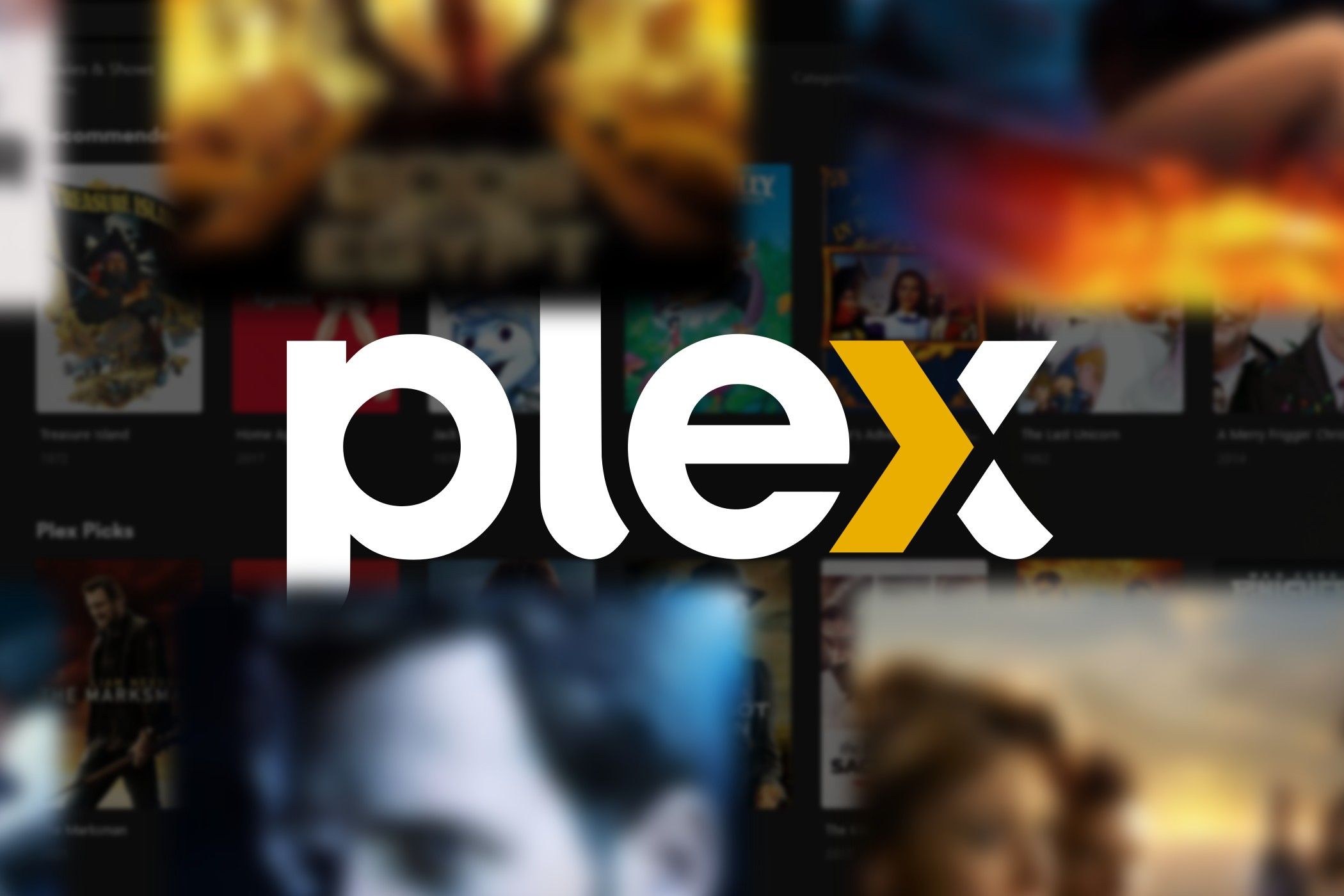Are you thinking about starting a Plex server soon? While the initial setup of Plex is easy, there are definitely some nuances I wish I knew about at the beginning. That’s why I made this list: to keep you from making the same mistakes I did.
7 Setting Up Plex Takes More Planning Than You’d Expect
Technically, you can run Plex on just about any hardware. Modern or ancient, Plex will likely run on most systems you could think to run it on. The problem is, it won’t run well unless you make sure the system has a few things.
If you want to transcode, the system needs to have a compatible CPU or GPU. There needs to be plenty of RAM to run the system with its caching, and you’ll want to have ample storage (or the ability to expand).
So, before you dive into building your Plex server, make sure to do some research first. To build a lasting server that you won’t quickly outgrow simply takes some planning ahead.
6 Running Plex on a NAS Sounds Great—Until It Isn’t
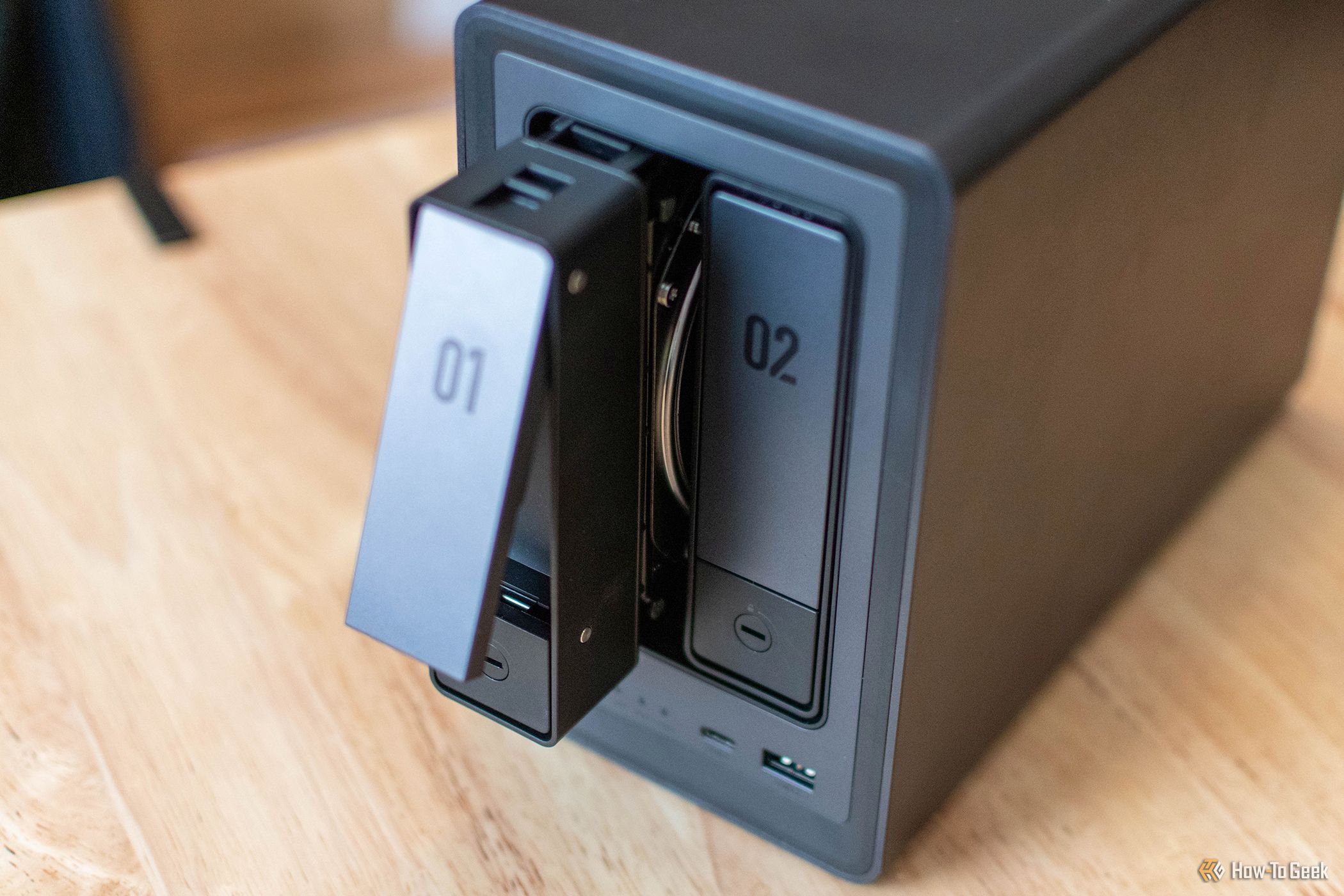
The first time I ran Plex was on a Synology DS416play NAS back in 2016. Honestly, this was fine, but most NAS systems are simply underpowered to run a proper Plex server from.
The biggest drawback with running your Plex server on a traditional NAS is the lack of expandability. Higher-end models sometimes have a single PCIe lane available for a network card, but if you need anything more than that, the NAS won’t handle it.
If you’re just trying to start out with an all-in-one system, a NAS is a good starting place, just be ready to upgrade to a more powerful or capable system in the future as your library (and needs) grow.
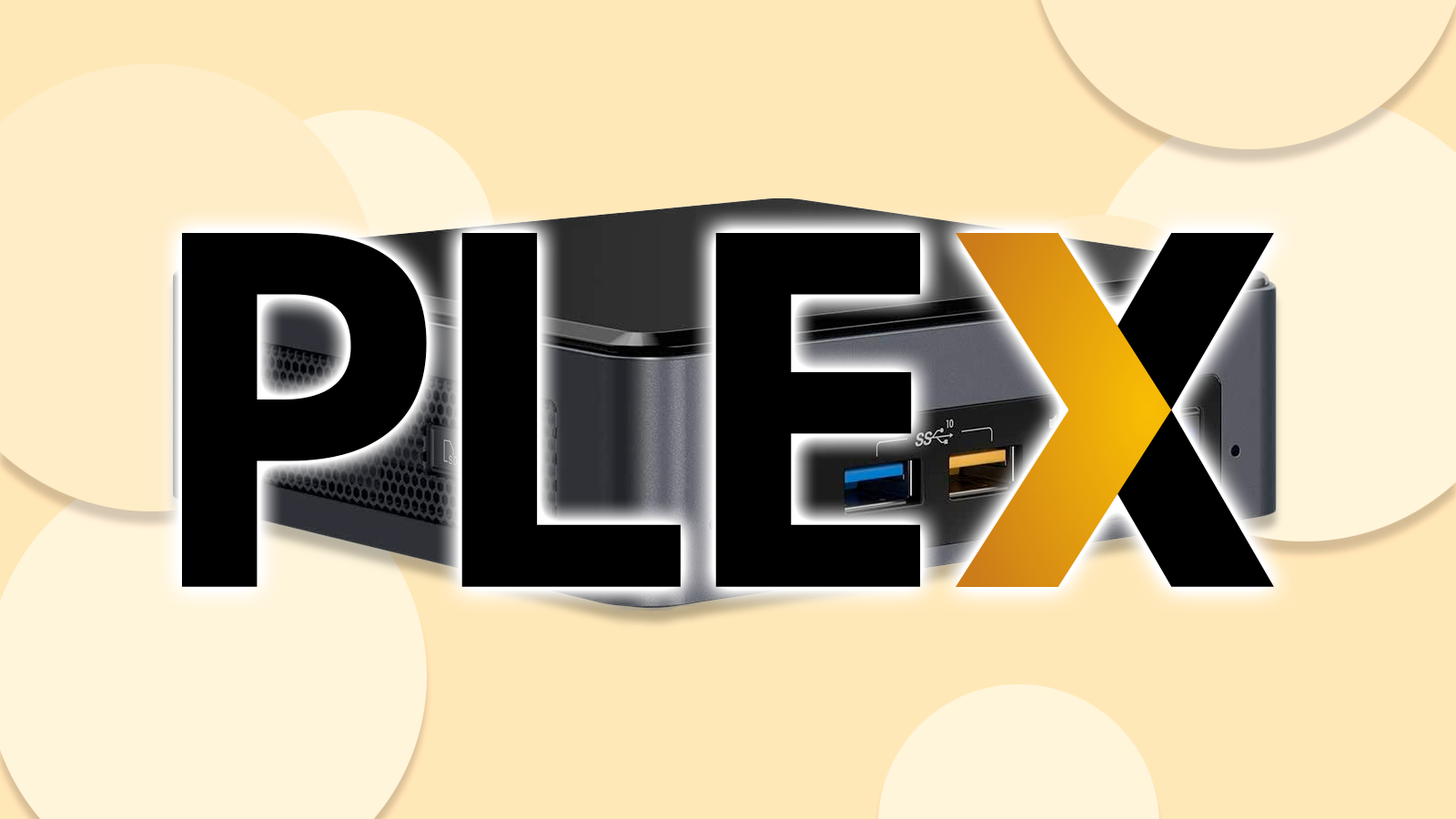
Everything You Need to Set Up a Plex Server
A Plex media servers allows you to stream your movie collection to any device inside or outside your home. Here are the products that you need to make it happen.
5 You’ll Spend More Time Managing Than Watching—At First
Plex technically comes configured out of the box, ready to go. However, there are a lot of configuration options in the backend that you can (and likely will) spend a good bit of time tweaking and dialing in.
This is similar to all self-hosted services, as there’s rarely a true “plug and play” solution when it comes to running your own services. So, be ready to tweak things and have viewers complain about stream quality, transcoding issues, or subtitle problems when you first spin up your Plex server.
4 Remote Access Sounds Simple, But Can Be Tricky to Get Right
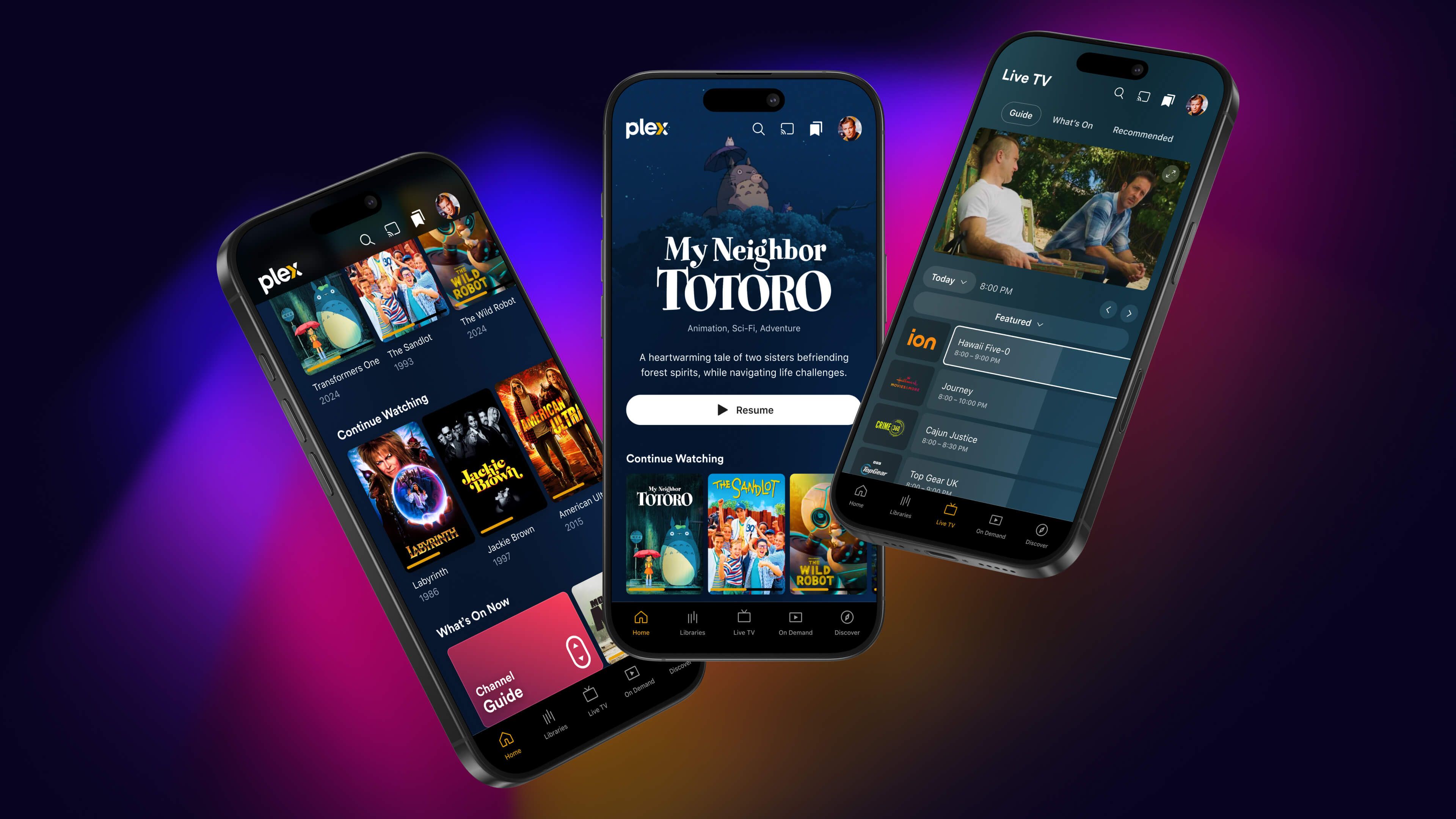
Depending on what router you have and who your internet service provider is, remote access can either be a piece of cake or a total nightmare.
Early on in my Plex journey, my ISP and router worked well together and UPnP allowed the remote access port to open automatically. This was nice, and I was spoiled, for sure.
Later on, when I moved from Florida to Tennessee and switched from AT&T DSL at my parent’s house to AT&T fiber, I had a lot more issues. It took me a few hours to figure out why remote access wasn’t working for me to watch my Plex server from my phone on-the-go.
It turns out, with my new setup, I had to manually forward a port instead of it automatically working. I also had to change from the typical 32400 port to a different port and forward that internally to Plex’s 32400. It took some configuring and setup, but now it’s rock solid—it just wasn’t plug-and-play.
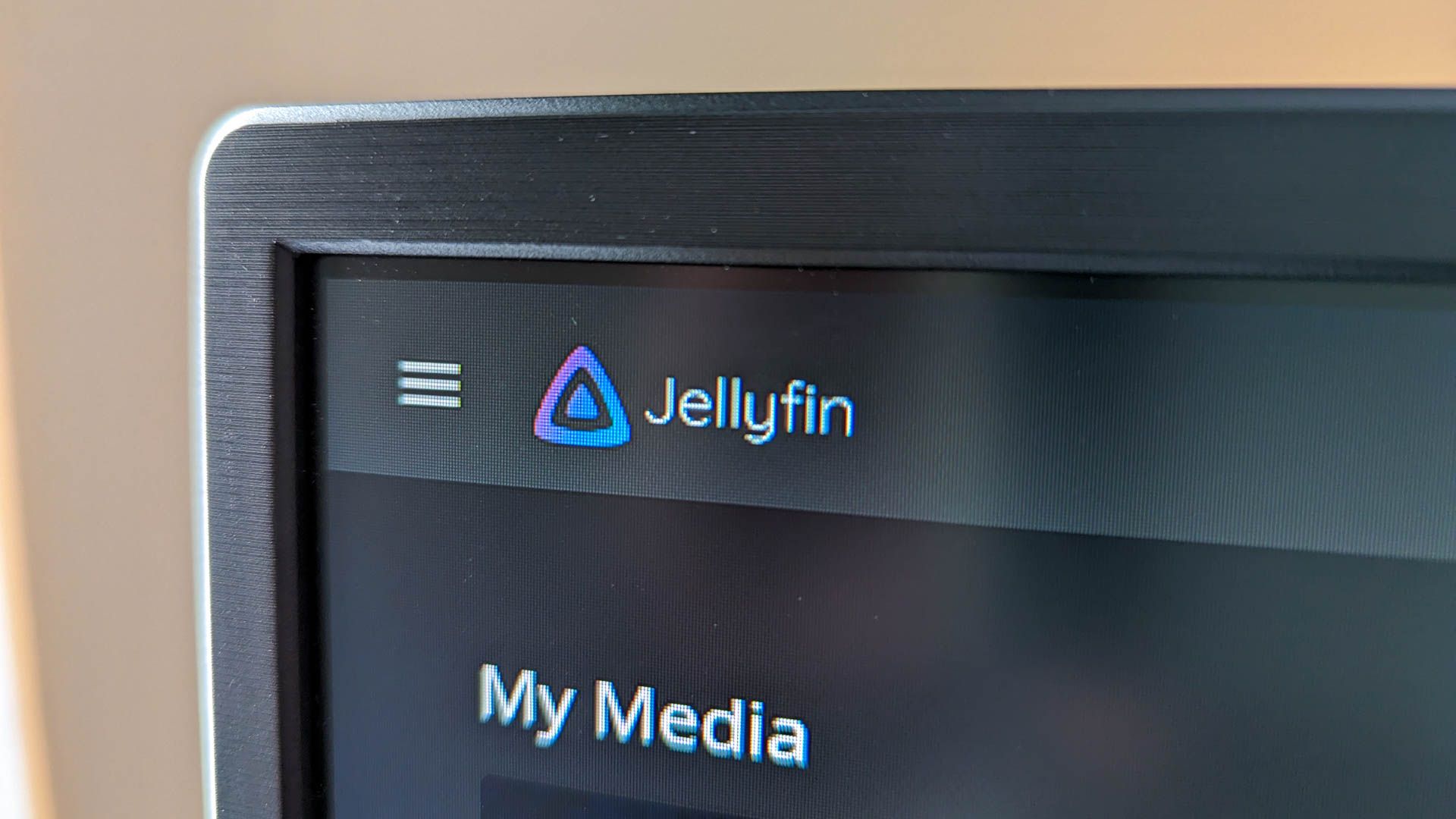
How to Set Up a Home Media Server You Can Access From Any Device
You've got a lot of choices with media server software and the devices you can use to run it.
3 Storage Needs Grow Quickly
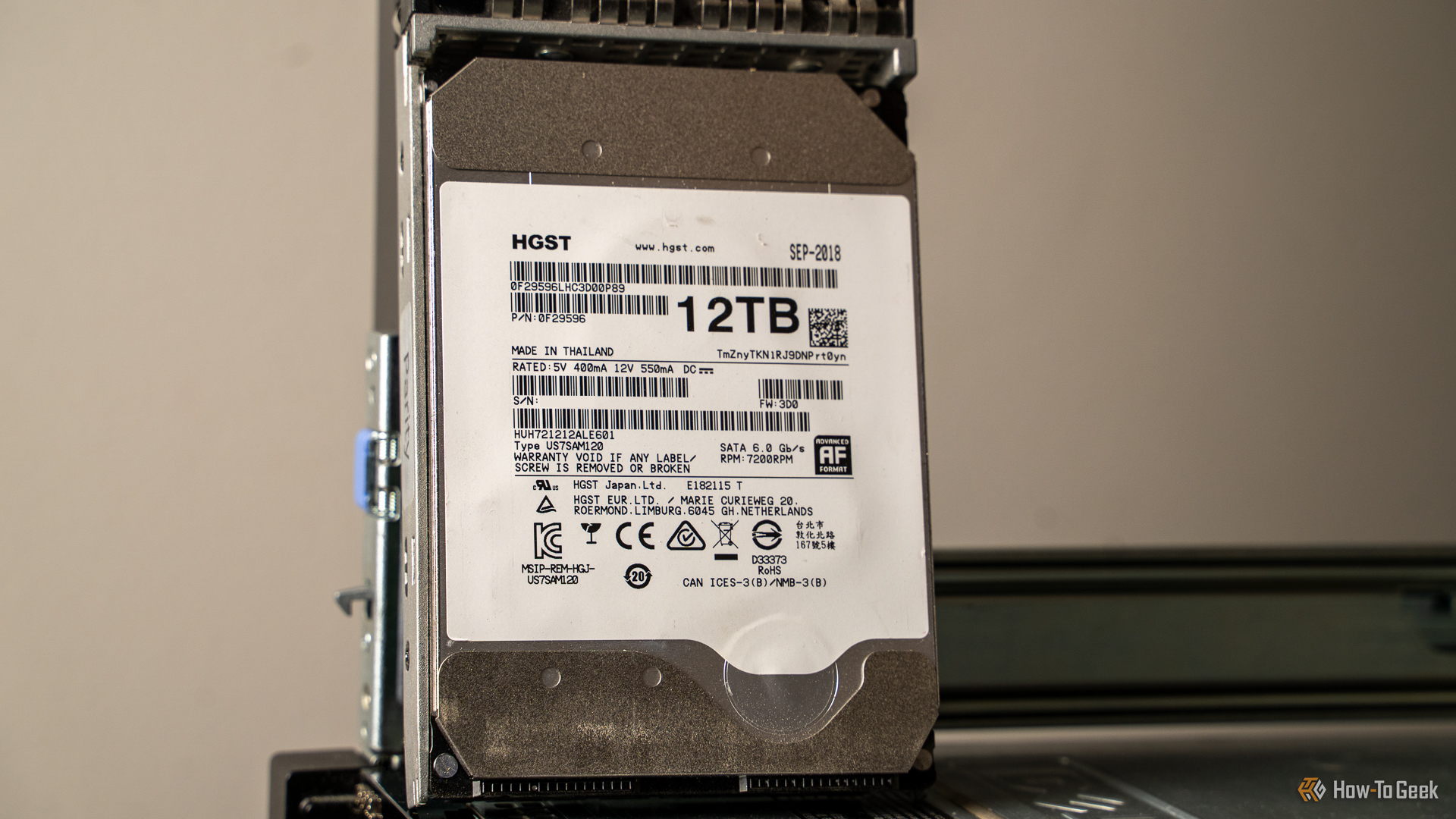
Storage is something I grossly undervalued when I first got started with my Plex server. Before spinning up Plex, I had a large collection of physical media with DVD, Blu-ray, and 4K Blu-ray discs all over the place.
My main reason for starting a Plex server was to be able to watch my content without having to pull a DVD or Blu-ray out in hopes that it wasn’t damaged. This is how many use Plex, and it’s a great goal.
The problem? 4K Blu-ray rips can easily top 100GB per movie. With that kind of space requirements, I could only store 10 movies per terabyte of storage on the server. Sure, I started with 12TB total in my server, but that would only be just over 100 4K movies (or a lot more 1080p movies).
The issue comes when you mix the two and start to run low on space. I wasn’t prepared for this and didn’t realize how expensive it would get to continue to upgrade my storage. Eventually, I found a cheap server on eBay that could hold 12 3.5-inch hard drives, and that helped solve my storage woes for a while—but it was still an expensive upgrade and investment I wasn’t prepared for up front.
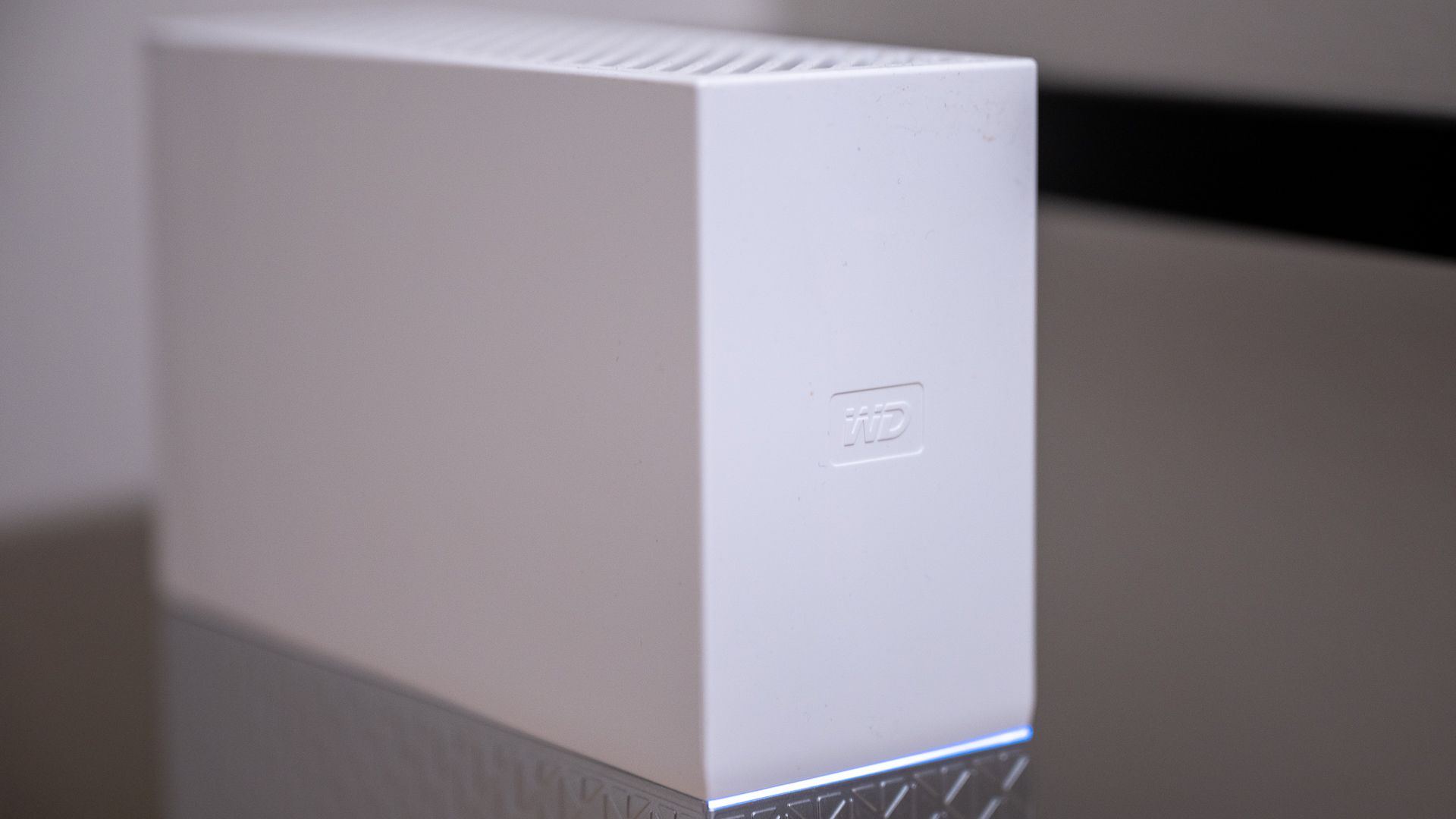
The Best NAS Devices for Plex of 2024
Upgrade your Plex server with these powerful NAS devices, all of which are perfect for the software.
2 Transcoding Can Strain Your Hardware If You’re Not Prepared
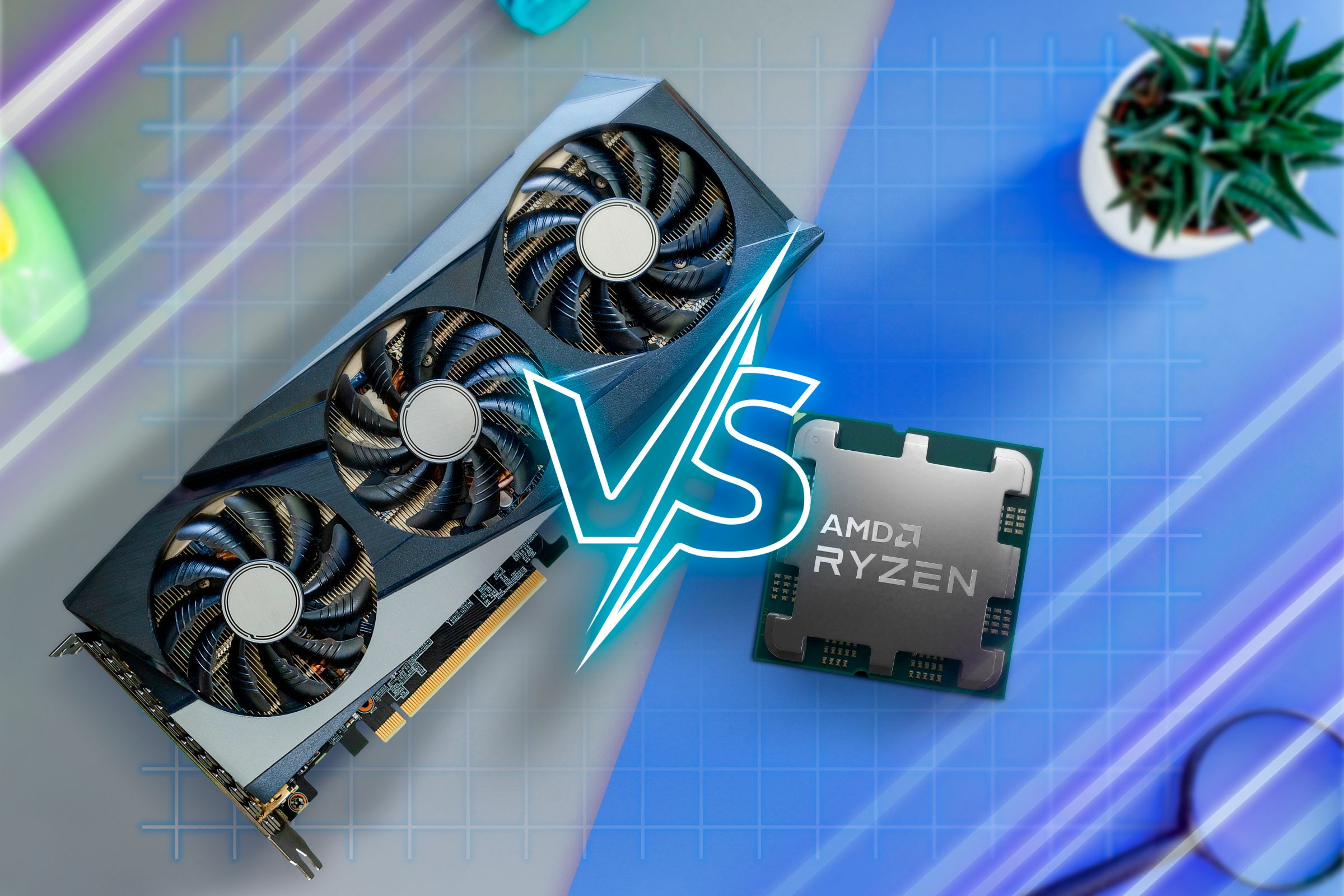
I’ve mentioned transcoding a few times already. So what is it? Essentially, transcoding is when your hardware converts a movie or TV show from one format to another on the fly.
Let’s say you have The Avengers in 4K in a h.265 container. That’s fine for modern systems, but if you pick up an older iPad model that doesn’t have a 4K-capable display and can’t decode h.265, then your Plex server will have to convert the movie from that format into a format your iPad can handle.
This can be very taxing on a system. Without Plex Pass, transcoding is limited to the processor only. With a Plex Pass, you can offload that to a graphics card (or integrated graphics on certain systems). This lightens the load, as most modern GPUs are designed to encode media.
However, I wasn’t prepared for this at the start. Nobody warned me a decade ago when I started that I had to either keep low-resolution copies of media I’d want to watch anywhere, or suffer the consequences of a NAS that wasn’t powerful enough to properly transcode.
Don’t make the same mistake I did—be prepared for transcoding from the start, and you won’t regret it. Yes, you can try and have copies of movies to prevent ever having to transcode, but it’s just easier (and more reliable) to be prepared to transcode from the beginning.
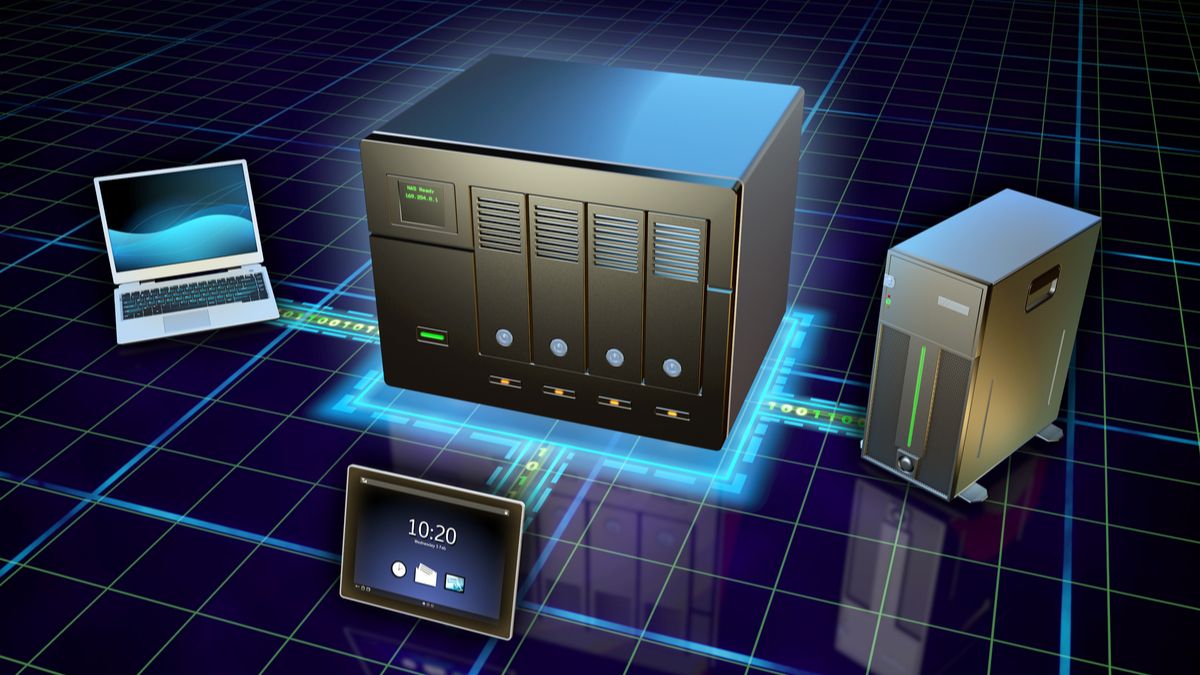
Why Hardware Transcoding Is Important on a NAS
Should you buy a NAS with hardware transcoding? Here's why---and when---it's important.
1 Monitoring Tools Are More Useful Than You Think
I originally just used Plex’s built-in monitoring tools to keep up with my server. This works fine for simplistic monitoring, but it doesn’t have any depth to it. Plex’s monitoring system is really only for what is currently streaming, and giving a little bit of information on that.
Eventually, I wanted more. That’s when I stumbled across Tautulli, which is now invaluable to me. Tautulli is easy to set up, and provides rich detailed statistics of your Plex server.
I would honestly recommend all Plex users run Tautulli on their system. The statistics can be used to see what is (or isn’t) being watched, what the most popular content is, and even a more detailed look at current streams to help troubleshoot quality issues.
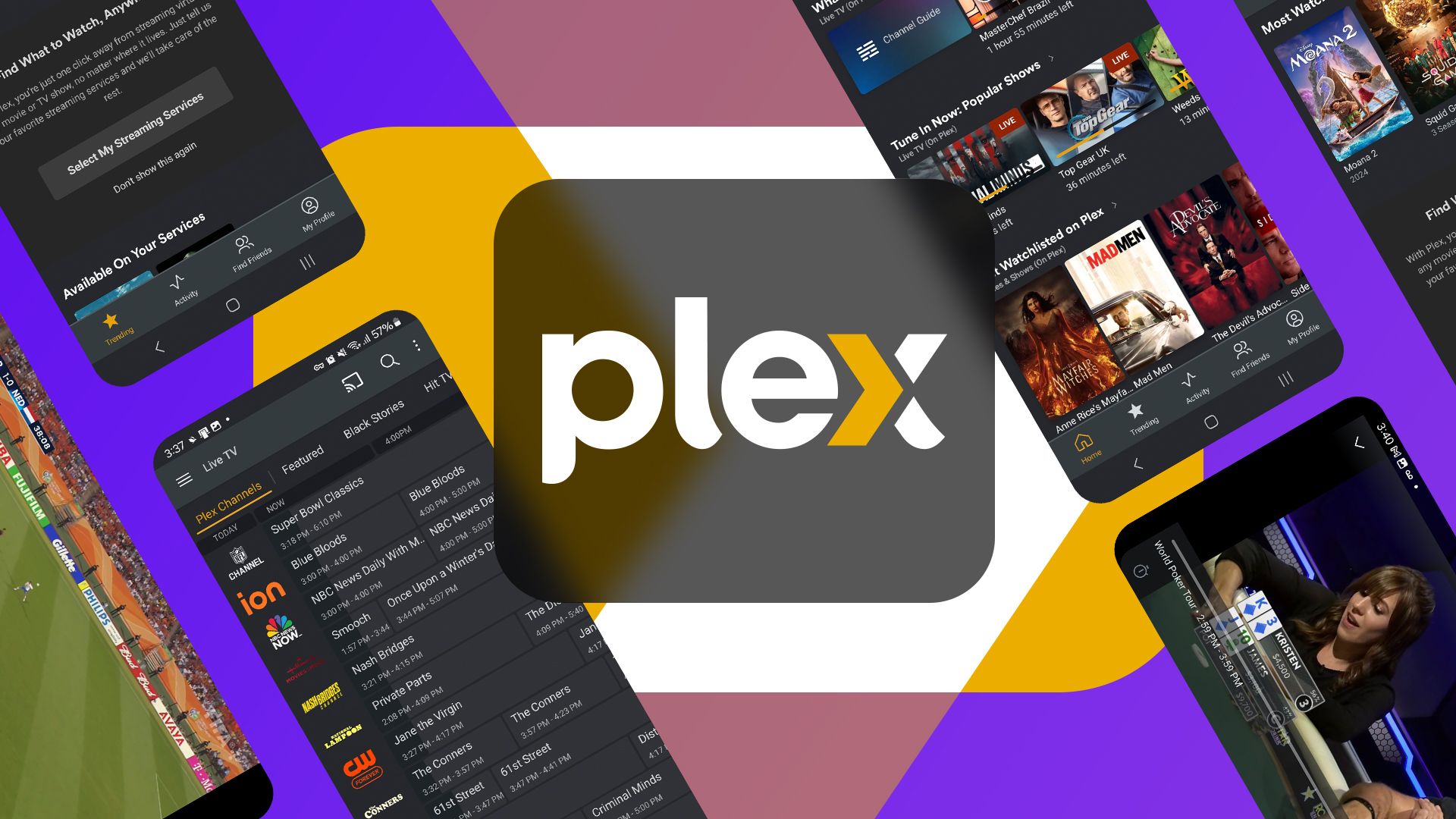
This App Took My Plex Experience to the Next Level
Keep track of what users watch on Plex with ease.
If you want to build a solid Plex server from the start, I’ve got all my hardware recommendations for how to build a Plex-compatible NAS in a handy guide. I go over each component and why I would choose it.
However, the route I personally went for my Plex setup was buying an old, enterprise-grade rack-mount server and turning that into a NAS that powers my media server. It’s more complex and definitely not for the faint of heart, but I now have 12 3.5-inch drive bays to use and I couldn’t be happier.

Lifetime Plex Pass
You can unlock all of Plex's best features without a recurring subscription with a lifetime Plex Pass.


